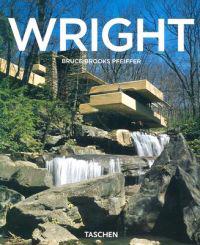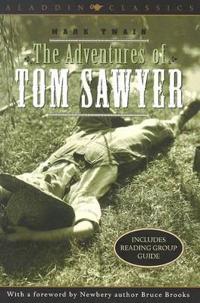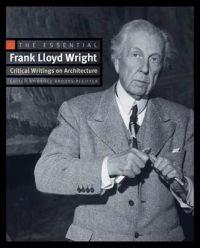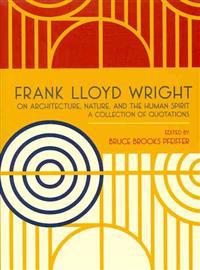Frank Lloyd Wright (Pocket)
avBruce Brooks Pfeiffer, Peter Gossel, Bruce Brooks Pfeiffer
ISBN: 9783822827574 - UTGIVEN: 200404Widely thought to be the greatest American architect, Frank Lloyd Wright (1867-1959) was a true pioneer, both artistically and technically. At a time when reinforced concrete and steel were considered industrial building materials, Wright boldly made use of them to build private homes. His prairie h[...]
Frank Lloyd Wright (Inbunden)
avBruce Brooks Pfeiffer, Peter Gossell, Bruce Brooks Pfeiffer
ISBN: 9783836509268 - UTGIVEN: 201007This is the Wright stuff and the definitive publication on America's greatest architect. The three-volume monograph features all of Wright's designs (numbering approximately 1100), both realized and unrealized. Volume 2 covers the post-World War I years and the Usonian concept house period. Frank Ll[...]
Original Analects, The: Sayings of Confucius and His Successors (Övrig)
avE. Bruce Brooks, A. Taeko Brooks
ISBN: 9780231104319 - UTGIVEN: 2001-09-05This new translation presents the Analects in a revolutionary new format that, for the first time in any language, distinguishes the original words of the Master from the later sayings of his disciples and their followers, enabling readers to experience China's most influential philosophical work i[...]
The Adventures of Tom Sawyer (Häftad)
avMark Twain, Bruce Brooks
ISBN: 9780689842245 - UTGIVEN: 2001-06"The Adventures of Tom Sawyer" is not only Mark Twain's first novel but perhaps his most popular. Could fun-loving Tom in fact be Twain himself at a young age?[...]
The Essential Frank Lloyd Wright (Inbunden)
avFrank Lloyd Wright, Bruce Brooks (EDT) Pfeiffer, Frank Lloyd Wright
ISBN: 9780691133188 - UTGIVEN: 2008-02He was the most iconoclastic of architects, and at the height of his career his output of writings about architecture was as prolific and visionary as his architecture itself. Frank Lloyd Wright pioneered a bold new kind of architecture, one in which the spirit of modern man truly "lived in his buil[...]
Frank Lloyd Wright on Architecture, Nature, and the Human Spirit: A Collection of Quotations (Inbunden)
avFrank Lloyd Wright, Bruce Brooks Pfeiffer
ISBN: 9780764959561 - UTGIVEN: 2011-09Frank Lloyd Wright (Inbunden)
avBruce Brooks Pfeiffer
ISBN: 9783836509275 - UTGIVEN: 2011-04This title deals with the Wright stuff. This is the definitive publication on America's greatest architect. Frank Lloyd Wright (1867-1959) is widely considered to be the greatest American architect of all time; indeed, his work virtually ushered in the modern era and remains highly influential today[...]
Frank Lloyd Wright (Inbunden)
avBruce Brooks Pfeiffer
ISBN: 9783836555982 - UTGIVEN: 2015-05A building by Frank Lloyd Wright (1867-1959) is at once unmistakably individual, and evocative of an entire era. Notable for their exceptional understanding of an organic environment, as well as for their use of steel and glass to revolutionize the interface of indoor and outdoor, Wright's designs h[...]










